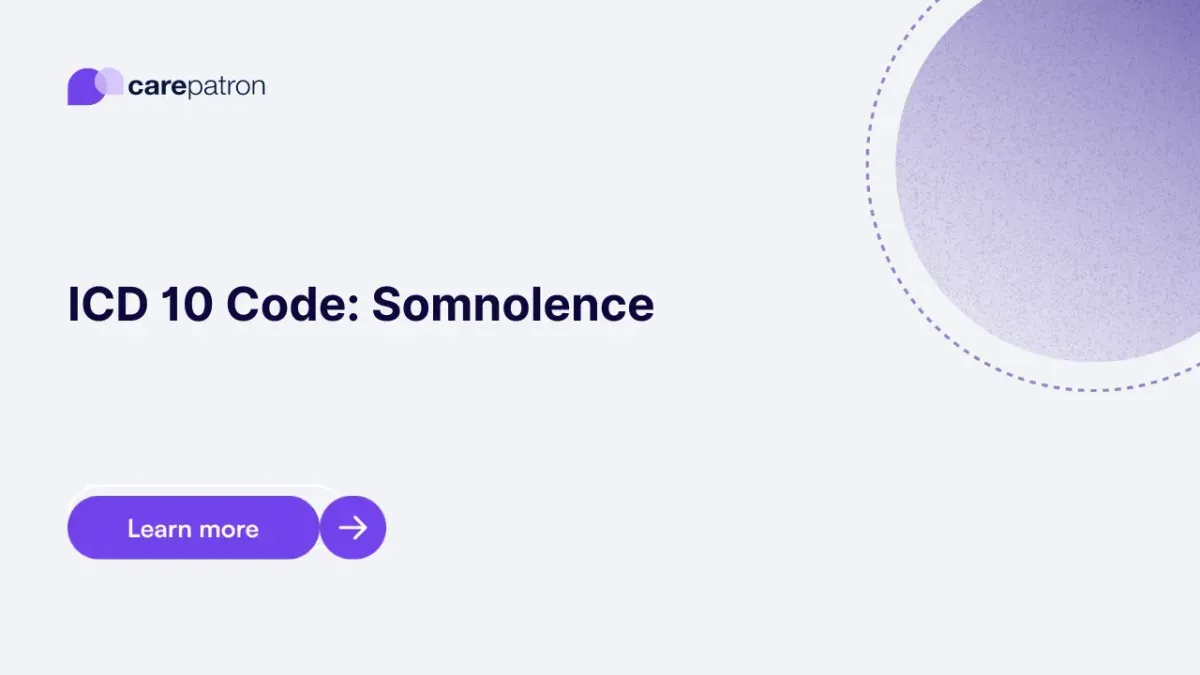
Somnolence ICD-10-CM Codes
Learn about the relevant somnolence ICD-10-CM codes you can use through this guide.
Use Code
Commonly asked questions
Use a Somnolence ICD code when documenting a patient's excessive drowsiness or sleepiness due to various medical conditions or sleep disorders.
Most of them are, but not all.
Common treatments include addressing underlying causes such as sleep disorders, lifestyle modifications, behavioral therapies, and, if necessary, pharmacological interventions.
EHR and practice management software
Get started for free
*No credit card required
Free
$0/usd
Unlimited clients
Telehealth
1GB of storage
Client portal text
Automated billing and online payments
